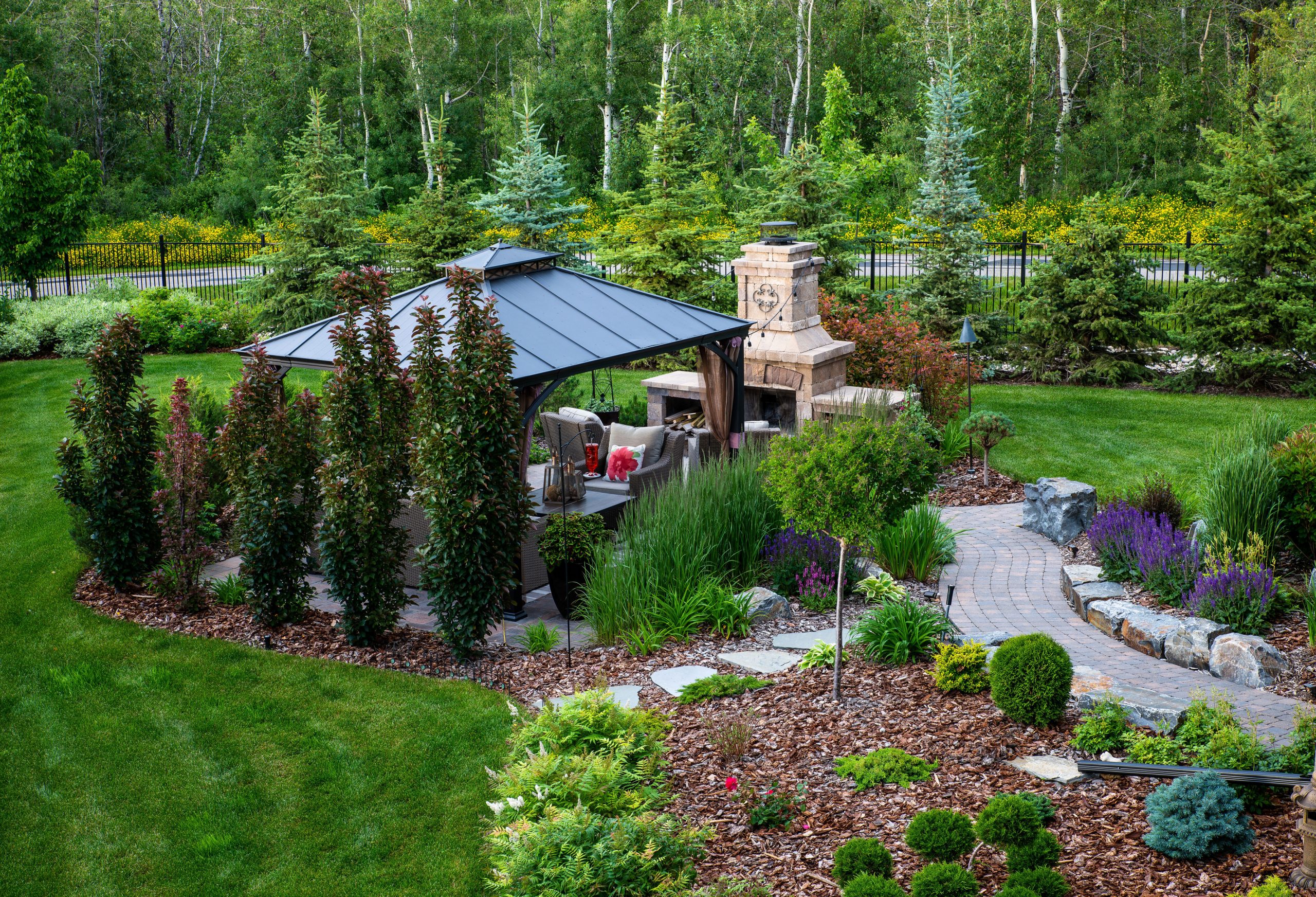Hilton Head Landscapes Can Be Fun For Anyone
Hilton Head Landscapes Can Be Fun For Anyone
Blog Article
Getting My Hilton Head Landscapes To Work
Table of ContentsHow Hilton Head Landscapes can Save You Time, Stress, and Money.How Hilton Head Landscapes can Save You Time, Stress, and Money.Hilton Head Landscapes Can Be Fun For EveryoneThe Basic Principles Of Hilton Head Landscapes The Only Guide for Hilton Head LandscapesThe Only Guide for Hilton Head LandscapesThe Only Guide to Hilton Head Landscapes
Line produces all kinds and patterns and can be made use of in a variety of methods the landscape. Line in the landscape is created by the side in between two products, the outline or shape of a kind, or a lengthy direct function. Lines are a powerful device for the designer since they can be utilized to produce an infinite selection of shapes and types, and they control activity of the eye and the body.

Lines can have one or even more features, such as those explained below, but they normally offer various objectives. Number 1. Lines in the landscape - Landscapers near me. The residential or commercial properties of lines identify how individuals reply to the landscape, both mentally and literally. Straight lines are structural and strong; they produce a formal personality, are generally associated with a balanced layout, and lead the eye straight to a centerpiece.
The Best Strategy To Use For Hilton Head Landscapes
Straight lines are most typically discovered in hardscape sides and product. Bent lines develop a casual, all-natural, unwinded personality that is linked much more with nature and asymmetrical equilibrium. Curved lines move the eye at a slower rate and add secret to the area by producing covert sights. Vertical lines move the eye up, making an area really feel bigger.
Vertical lines in the landscape consist of high, narrow plant product, such as trees, or tall frameworks, such as an arbor or a bird residence on a pole. Horizontal lines relocate the eye along the ground aircraft and can make a space really feel larger. Reduced lines are more subdued and develop a sensation of remainder or repose.
The Greatest Guide To Hilton Head Landscapes
Reduced lines are created by reduced yard wall surfaces, walkways, and brief hedges. Lines are used to draw types on a plan. In plan view, they define plant beds and hardscape areas. Lines are also developed by the upright kinds of constructed functions and plant material. There are 3 primary line types that develop type in the landscape: bedlines, hardscape lines, and plant lines.
Bedlines attach plant material to your home and hardscape due to the fact that the eye complies with the line, moving the look via the landscape. Hardscape lines are produced by the edge of the hardscape, which delineates the constructed structure. Line can also be produced by lengthy and slim materials, such as a fencing or wall surface.
All About Hilton Head Landscapes
Kind is located in both hardscape and plants, and it is commonly the leading aesthetic aspect that spatially organizes the landscape and frequently establishes the style of the yard. The kind of frameworks, plant beds, and garden ornaments likewise identifies the overall kind motif of the garden. Formal, geometric types include circles, squares, and polygons.
Plants produce form in the garden through their lays out or silhouettes, yet type can also be specified by a space or unfavorable area in between plants - hilton head landscapers (https://www.tumblr.com/h1tnhdlndscps/754928253939187712/family-owned-and-operated-hilton-head-landscapes?source=share). Circles can be complete circles, or they can be split into fifty percent circles or circle sections and combined with lines to develop arcs and tangents
The Ultimate Guide To Hilton Head Landscapes
Circles can additionally be stretched right into ovals and ellipses for even more range and passion. Circles are a solid layout kind since the eye is always drawn to the center, which can be used to highlight a prime focus or attach other kinds. Figure 2. Circular kinds in hardscape and yard panels.
The square form can also be segmented and used continuously to create a grid pattern. Unlike circles, squares are stronger on the edges, which can be lined up or overlapped to create one-of-a-kind patterns and more complex types.
Twisting lines usually simulate the natural program of rivers or streams and can be explained as smooth lines with deeply rounded wavinesses. Twisting lines (Figure 3) function well for pathways, plant bedlines, and dry stream beds. Twisting lines can include interest and secret to a garden by leading visitors around edges to find new views and spaces.
Hilton Head Landscapes - Questions

Usual plant kinds are well developed and standard, as form is the most constant and recognizable characteristic of plants. Form can also be produced via the massing of plants, where the general mass develops a different kind than a specific plant.
A very contrasting kind needs to be made use of with careone or 2 work well as a prime focus, but a lot of produce mayhem. All-natural plant forms, instead of over-trimmed types, ought to establish the bulk of the structure. The importance of overall form is much more or less depending on the checking out perspectivethe type of a tree can appear quite different to an individual standing under the cover versus seeing the tree from a distance in an open area.
Some Known Questions About Hilton Head Landscapes.
Plant types likewise develop and define the gap or open spaces in between the plants, creating either convex or scooped types in deep spaces. High-arching tree branches commonly develop a concave open space under the branches, and a rounded cover with reduced branches loads the space to develop a convex form outdoors room under i was reading this the tree.

Report this page